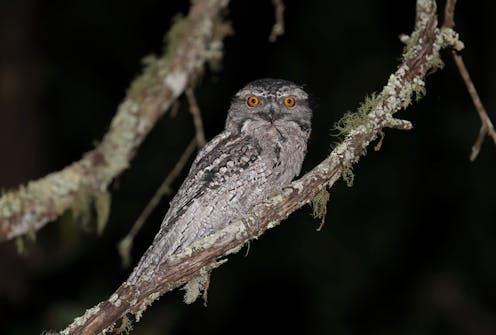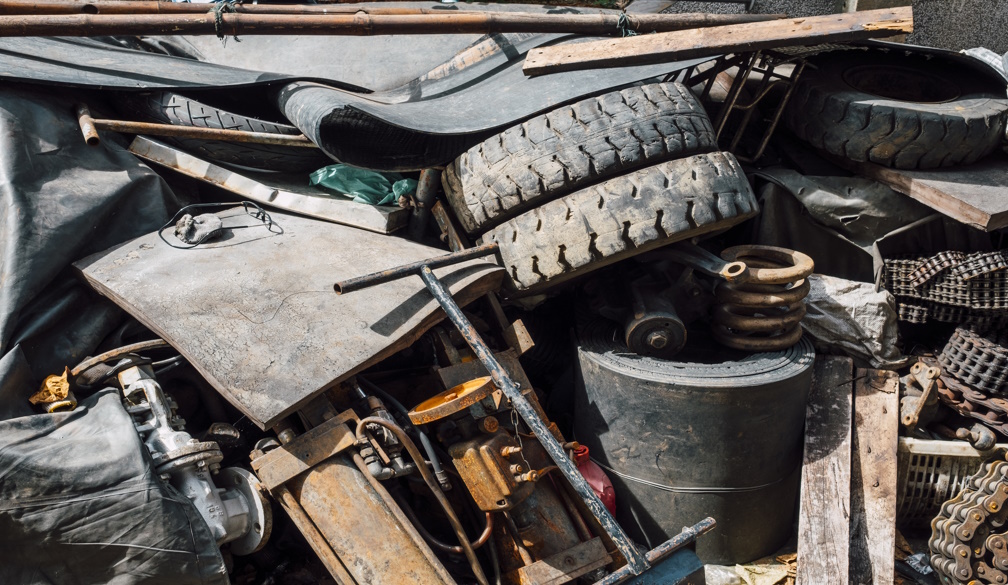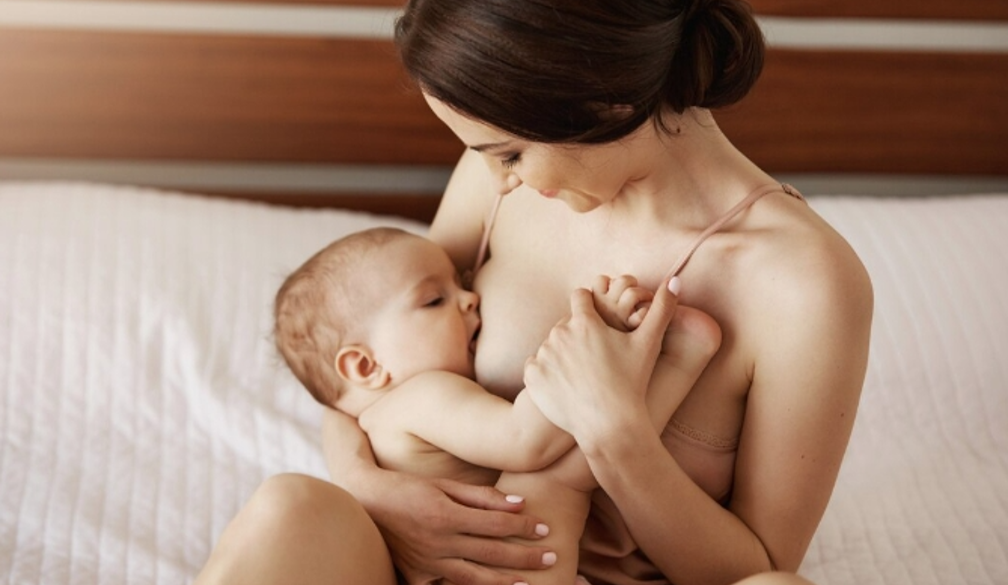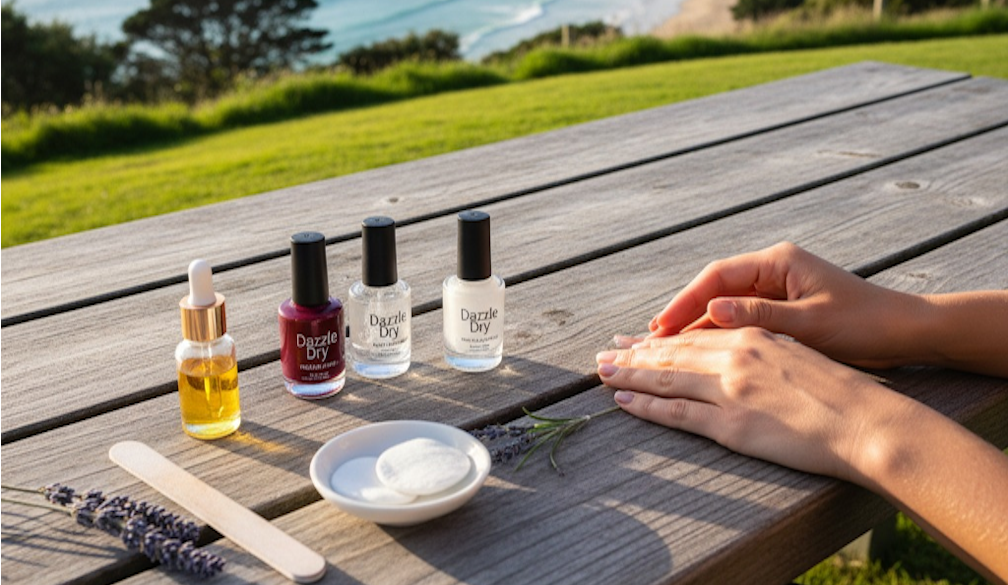the uncanny is never far away in Martine Kropowski’s Everywhere We Look
- Written by Jen Webb, Distinguished Professor of Creative Practice, Faculty of Arts and Design, University of Canberra

Crime fiction is one of the most successful genres. Its titles fill bestseller lists around the world and provide hours of pleasure to its many readers – including me, a long-time fan of the form.
There are various views about why it is so popular. Many offer a variant of Aristotle’s theory of tragedy, which crime novelist Dorothy L. Sayers explains at some length and with satisfying clarity.
Aristotle argued that tragedy allows us to experience pity and terror, leading to emotional catharsis. Sayers observes, rather tongue-in-cheek, that reading crime fiction similarly provides us with a safety valve for our heated emotions: in reading about fictional violence, I will be less likely to commit actual violence.
More seriously, Sayers notes that crime fiction incorporates “an inner rightness”, because it enters a society that is under assault, and following the investigation, it restores order to the community.
Review: Everywhere We Look – Martine Kropowski (Hachette)
Australian novelists have taken to crime writing with great relish, and Australian women writers are leaders in the field. Their stories are located sometimes in gritty urban environments, but equally – or even more frequently – are set in regional and remote Australia. “Outback noir” is so popular that it has been termed “a global publishing sensation”.
Into this field emerges Martine Kropkowski. The opening chapters of her debut novel Everywhere We Look gesture toward the outback noir tradition. The story begins in January, the start of the school year, with four mothers buying school supplies for their children, meeting each other and forming friendships.
Then the story moves out of the city. One of the four, Melissa, is driving alone through a dark pine forest to meet her friends for a country weekend. A kangaroo leaps across the road. When she swerves to avoid it, she ends up with a flat tyre and no phone reception to call for help. The nuts holding the wheel in place are almost immovable. As she struggles with them, she hears something in the forest. There’s the sound of feet, a flash of light, a foul scent, and then … is that someone giggling?


















